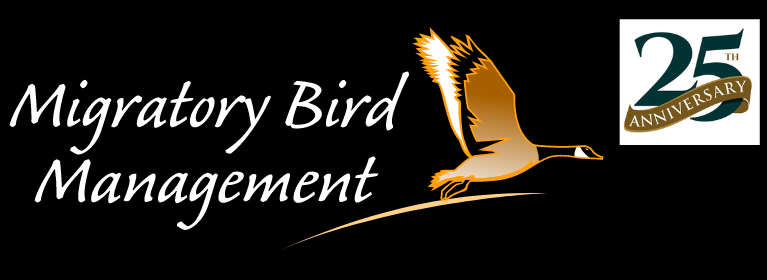Pest birds cause $30-50 million in damages to properties, assets, roofs, and ventilation systems annually. As retail businesses rely heavily on customer foot traffic the presence of pest birds can pose multiple problems to a business’s bottom line.
Retail complexes, awnings, and/or signage are ideal environments for pest birds as they provide physical cover from the elements and guarantee multiple areas on which to nest/roost. Smaller birds such as pigeons, sparrows, and starlings are the most common pest birds to nest/roost on/in such.
The accumulation of pest bird droppings on the ground, on signage, and/or on the property itself can be a major eye sore, deterring potential customers. Additionally, if droppings and/or nesting materials accumulate on the ground there is an increased risk of a customer slipping and/or falling, which may result in injury and corresponding legal action.
Furthermore, if vehicles using the parking spaces are continuously affected and damaged by pest bird droppings legal action may be taken against the property manager.
Other than creating a major eye sore, pest bird droppings contain uric acid which can erode concrete and paint, among other surfaces. This can affect the structure’s or asset’s integrity, reducing it’s lifespan, and increasing maintenance costs.
Parking
Parking garages are also ideal environments for pest birds as they provide physical cover from the elements and guarantee multiple, spacious areas on which to nest/roost (e.g., beams, ledges, pipes, etc.). While smaller birds such as pigeons, sparrows, and starlings are the most common pest birds to nest/roost on/in parking garages, larger birds such as Canada geese, turkey vultures, and seagulls have also been known to nest in parking garages.
Pest bird droppings contain uric acid which can erode concrete and car paint, among other surfaces. This not only has an effect on the structural integrity of the parking garage itself but can also impact its main business purpose.
The accumulation of droppings can deter potential customers and users of the parking garage. Furthermore, if vehicles using the parking garage are continuously affected and damaged by bird droppings legal action may be taken against the property manager.
Nest Removal
Removing pest bird nests is an effective maintenance technique that mitigates the immediate effects of pest bird activity. A short-term solution designed to provide immediate impact, pest bird nesting materials are removed and disposed of according the highest safety and environmental standards.
Bird Netting
Netting is the strongest and most versatile bird exclusion system in the world. This system denies pest birds’ access to any structural configuration, including awnings, roof tops, overhangs, parking garages, etc. The best application of netting encloses or blocks off each access point used by the pest birds.
Custom Metal Exclusions
Custom Metal Exclusions are used on ledges, edges, and any narrow flat surface where pest birds can perch or nest. Custom Metal Exclusions completely protect the ledge against all bird species because birds cannot land on the slanted surface. This is a good application where other products like netting may be visually unappealing.





